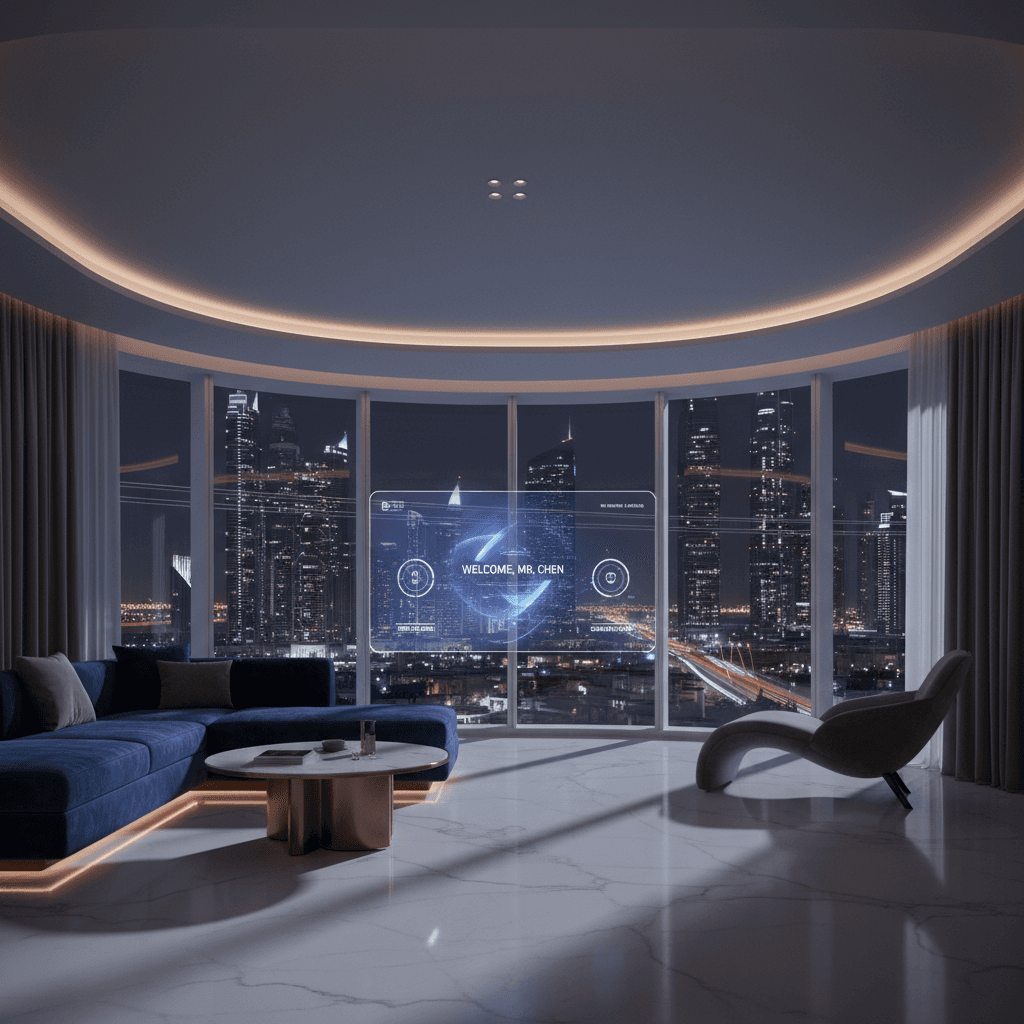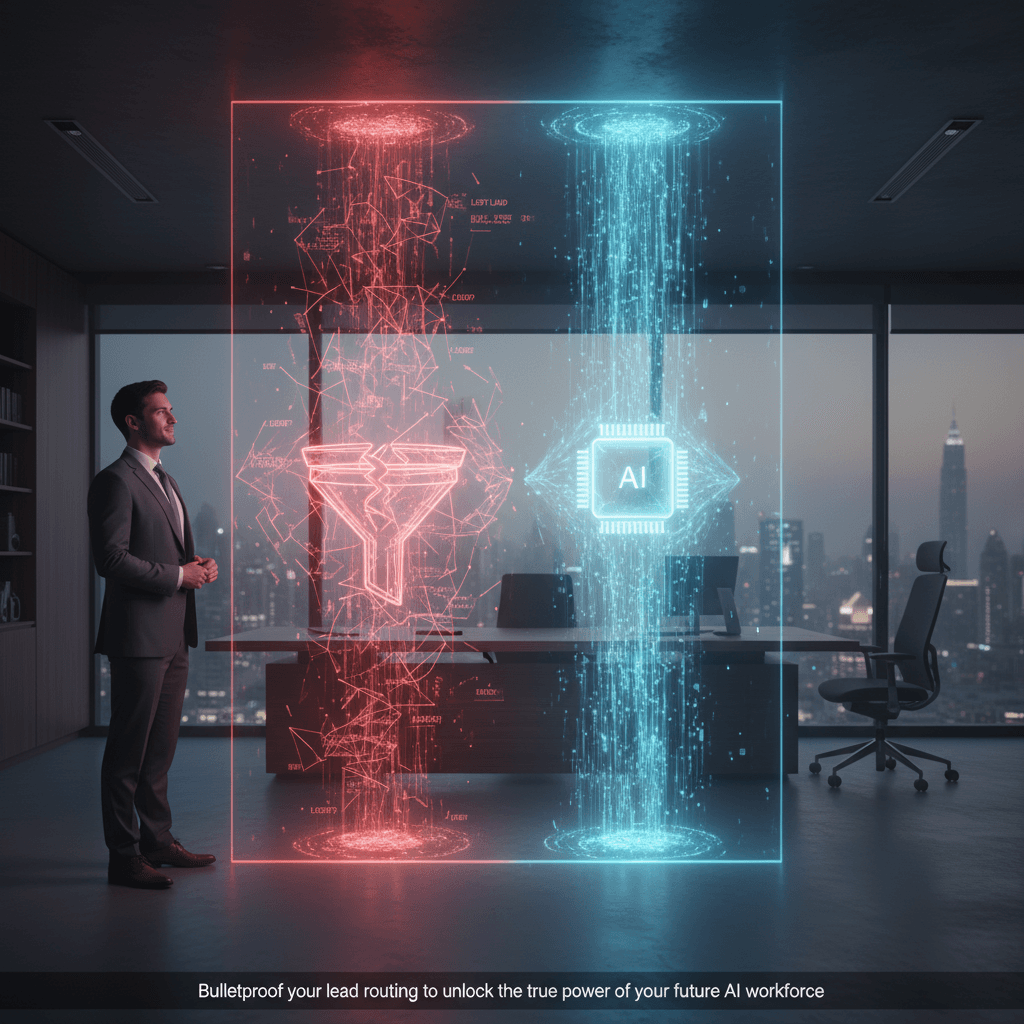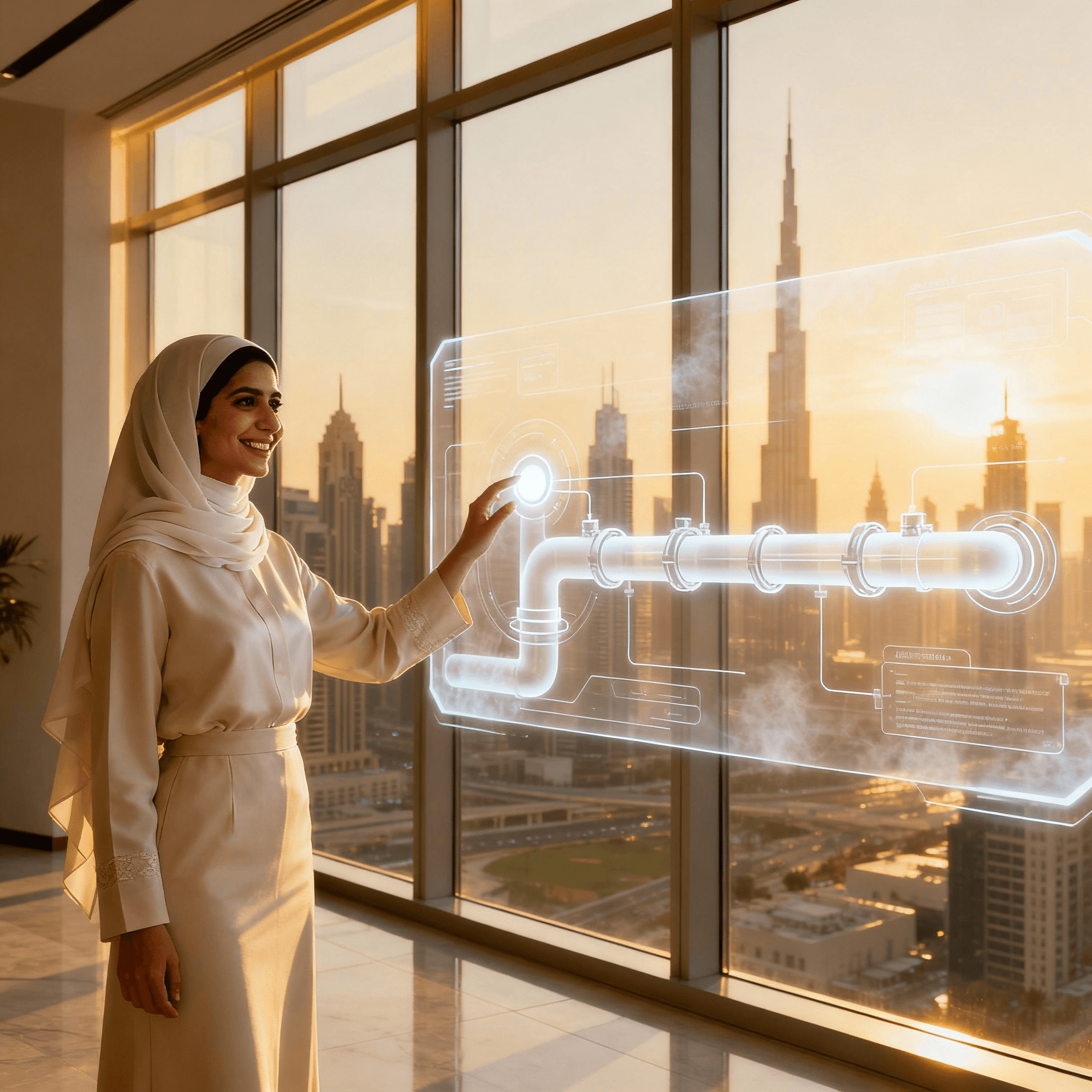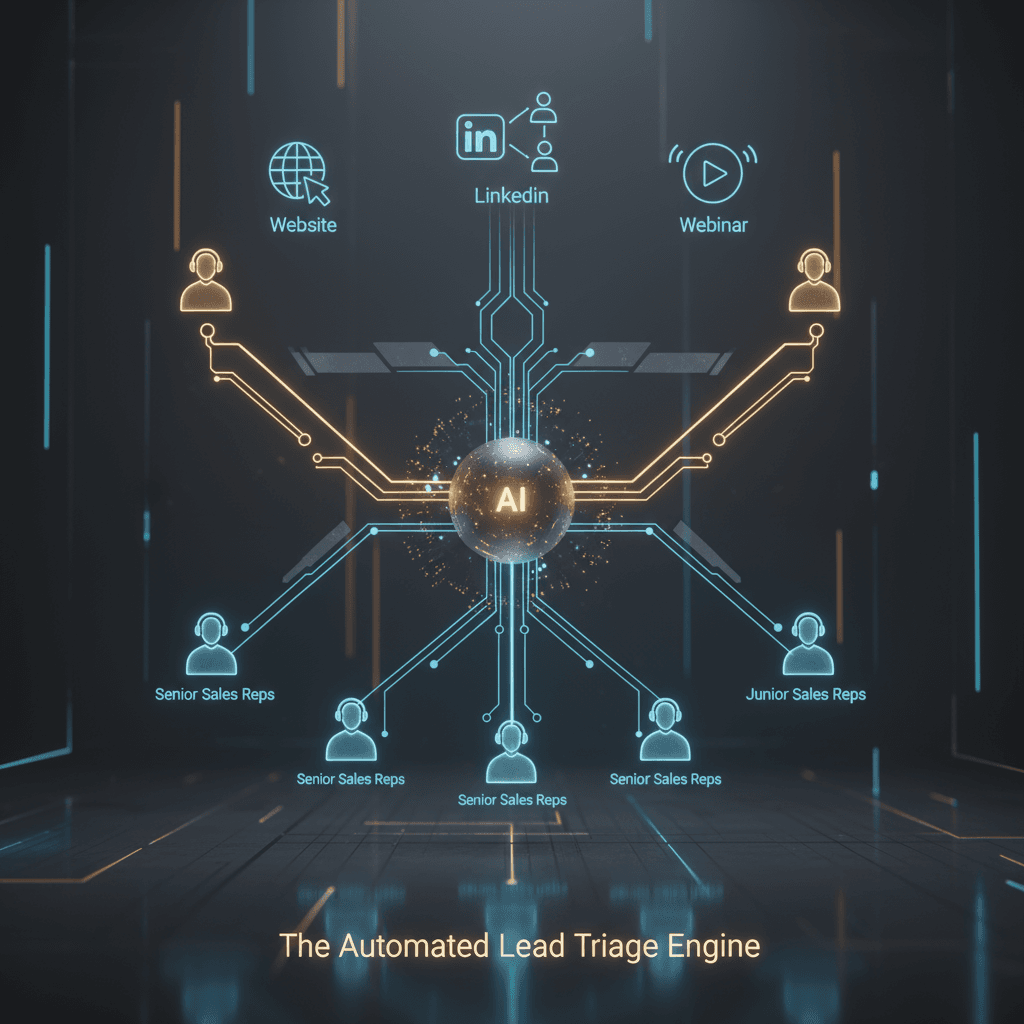From Check-In to Check-Out: How Dubai Hotels Use Digital Twins to Personalize Guest Experiences
Stop guessing what guests want and start knowing. This guide breaks down how digital twins create a real-time, data-driven model of your hotel to move beyond reactive service and deliver hyper-personalized stays that boost loyalty and your bottom line.
Your hotel runs on thousands of daily data points—from room service orders to AC unit performance—but most of it stays siloed in different systems. This leaves your team guessing about guest needs and reacting to problems instead of preventing them. A digital twin changes that by creating a live, virtual replica of your entire property, connecting your building management system (BMS), property management system (PMS), and guest data to make every piece of information actionable.
The result? You can anticipate a guest's needs before they ask, fix a maintenance issue before it becomes a complaint, and optimize every square meter of your property for efficiency and revenue. This isn't just about smart lighting; it's about building a smarter, more profitable operation from the ground up.
Key Takeaways
- Shift from Reactive to Proactive Operations: A digital twin can flag a faulty AC unit based on its energy consumption data *before* it fails, allowing maintenance to fix it during a scheduled room cleaning, preventing a negative guest experience and a frantic room change.
- Unlock Hyper-Personalization: Move beyond remembering a guest's favorite pillow type. Use the twin to let VIPs pre-select their exact room from a 3D model, set their preferred lighting and temperature before arrival, and even have their favorite drink waiting.
- Optimize Space and Cut Costs: Analyze real-time foot traffic data from the twin to identify underused spaces. This insight helped one property convert a quiet lounge into a pop-up coffee bar, increasing F&B revenue by 18% in just two months.
- Bridge Data Silos: A digital twin acts as the central brain, integrating data from your PMS (like guest history), BMS (like energy usage), and CRM (like preferences) into a single, operational view.
- Increase Asset Lifespan: By monitoring equipment performance in real-time, you can move from a fixed maintenance schedule to a predictive one, servicing assets only when they need it and reducing unnecessary wear and tear.
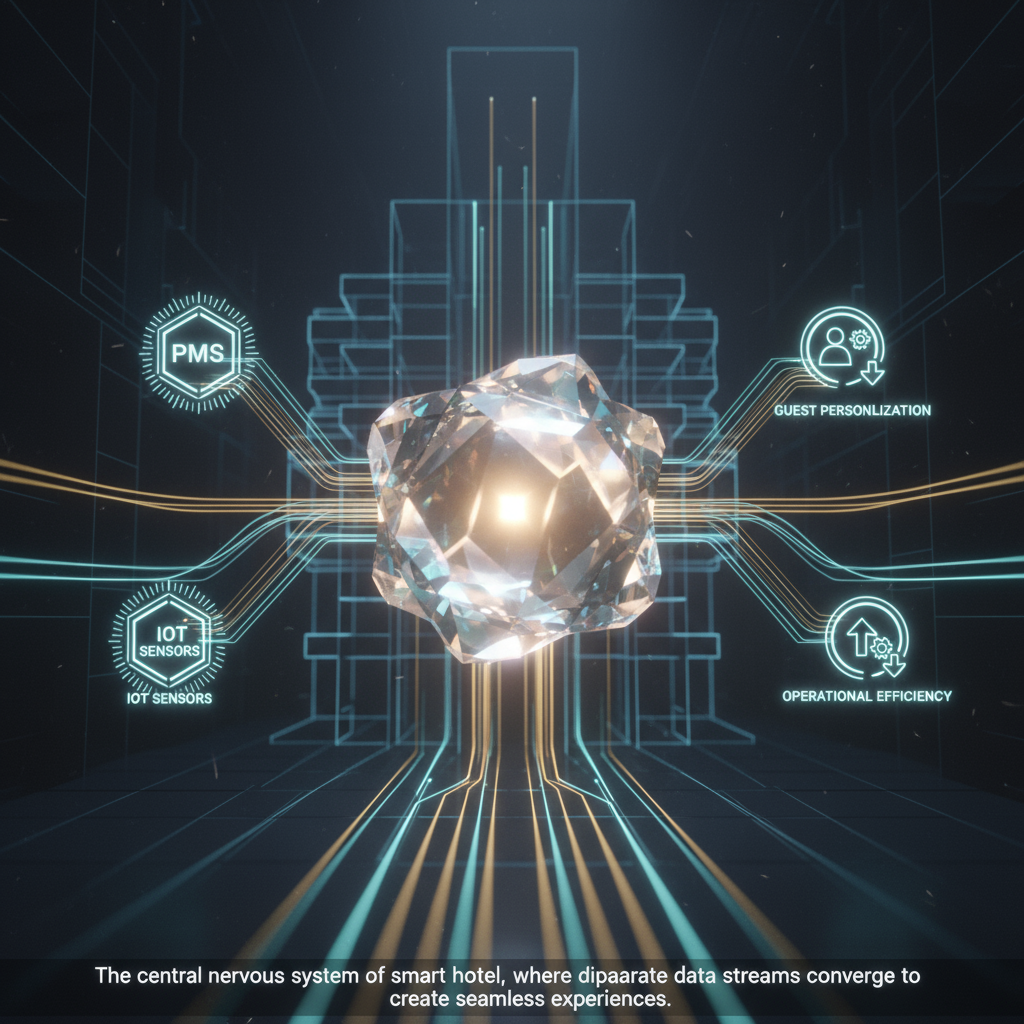
The Guest Journey Framework: A Practical Application
Instead of thinking about technology, let's focus on the guest. A digital twin enhances every stage of their journey with you. Here’s a step-by-step breakdown of how it works.
Step 1: Pre-Arrival – Setting the Stage
The experience begins long before the guest steps into your lobby. A digital twin allows for unprecedented levels of pre-arrival customization.
- Before: Guests book a "King Room, Sea View" and hope for the best. They might email a special request that gets lost between departments.
- After: Guests receive a link to a 3D model of available rooms. They can virtually "walk through" and select room #718 because they prefer the balcony view. Within that interface, they can pre-set the room temperature to 22°C and request specific amenities, which are automatically routed to housekeeping and logged in the PMS. This simple step can lead to a measurable lift in guest satisfaction scores from day one.
Step 2: During Stay – Proactive, Invisible Service
This is where the digital twin truly shines, by turning real-time data into immediate action. It connects your building's operational data with the guest's profile.
Imagine this scenario: The digital twin detects that the AC unit in Room #502 is drawing 15% more power than usual, a sign of imminent failure. It cross-references this with the PMS and sees the guest is checked in for three nights.
- The twin automatically creates a maintenance ticket.
- It notifies the front desk of a potential issue and suggests a comparable room for a seamless move.
- It alerts the guest via the hotel app with a message: "We've noticed a small issue with your AC. To ensure your comfort, we've prepared a new room for you and will have a bellman assist at your convenience."
This turns a potential 1-star review into a 5-star "wow" moment. You didn't just fix a problem; you anticipated it. For more on connecting physical spaces with digital follow-up, see our guide on the venues playbook.
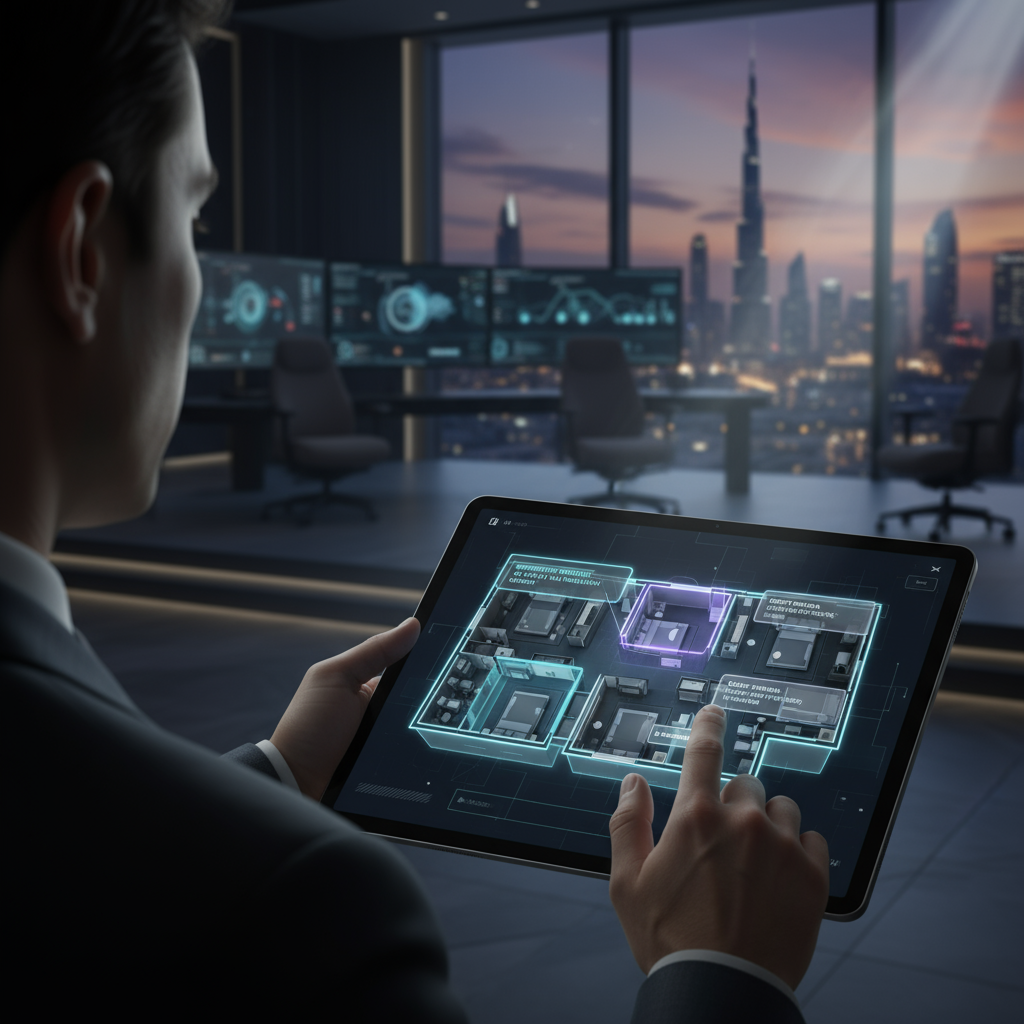
Step 3: Post-Stay & Operations – Data-Driven Decisions
The value of a digital twin doesn't end at check-out. The aggregated, anonymized data provides powerful insights for management to optimize the entire hotel operation.
Here’s a checklist for operational analysis using your digital twin:
| Data Point | Actionable Insight | Potential Outcome |
|---|---|---|
| Guest Movement & Dwell Time | Identify which lobby seating areas are most and least popular. See if guests are struggling to find the elevators or restrooms. | Reconfigure lobby layout to improve flow and guest experience. Place retail or F&B offerings in high-traffic zones. |
| Energy Consumption per Room/Floor | Benchmark energy usage to identify outliers. Is Floor 5 consistently using more power for cooling than Floor 6? | Discover insulation issues or malfunctioning equipment, leading to a direct reduction in utility costs. |
| Amenity & Service Requests | Track the most requested items or services by guest segment or time of day. | Optimize inventory, staff allocation, and even room service menus to match actual demand, reducing waste. |
By analyzing this data, one Dubai-based hotel identified that its west-facing pool was overcrowded from 3-5 PM while the east-facing pool was nearly empty. Using their app, they started offering a happy hour promotion at the east pool during those hours, balancing guest load and increasing bar sales. We at Future & Happiness specialize in building these kinds of data-driven systems.
Frequently Asked Questions (FAQ)
- What is a digital twin in the context of a hotel?
- It's a dynamic, virtual 3D model of your entire hotel and its assets. It combines architectural data (the "twin") with real-time operational data from systems like your PMS, BMS, and IoT sensors. You can use it to monitor, analyze, and control everything from a single interface.
- How can a digital twin improve guest personalization?
- It allows you to connect guest preferences (from your CRM) with real-time conditions. You can let guests choose their exact room, pre-set room conditions, and use sensors to anticipate their needs, like adjusting lighting based on the time of day or offering services based on their location in the hotel.
- What is the difference between a BMS and a digital twin?
- A Building Management System (BMS) controls core building functions like HVAC and lighting. A digital twin *ingests* data from the BMS and combines it with data from many other sources (PMS, CRM, sensors) to create a holistic operational view. The BMS manages the building; the digital twin manages the *experience* within the building.
- How does a digital twin reduce hotel operating costs?
- Primarily through predictive maintenance (fixing issues before they cause costly damage), energy optimization (identifying and correcting waste), and improved staff efficiency (automating tasks and providing better data for decision-making).
- What is the typical ROI of implementing a digital twin in a hotel?
- While it varies by property size and scope, industry reports suggest hotels can see a 10-15% reduction in energy costs and a 5-8% improvement in operational efficiency within the first 12-18 months. The impact on guest loyalty and RevPAR can be even more significant over time.
- How do you integrate a digital twin with a hotel's PMS?
- Integration is typically done via APIs. The digital twin platform pulls guest data (like check-in/out status and preferences) from the PMS. This connection allows the twin to know which rooms are occupied, what the guest's history is, and trigger actions in the PMS, like assigning a room that has been pre-configured.
- What are the first steps to building a digital twin for our hotel?
- Start with a clear goal (e.g., "reduce energy costs by 10%"). Then, conduct a data audit to see what information you already have. The next step is to create the 3D visual model and begin integrating your most critical data source, usually the BMS or PMS. Explore our complete guide to building your AI workforce for more.
Your 3-Step Action Plan to Get Started
Moving towards a digital twin model is a strategic process, not an overnight switch. Here's how to begin:
- Audit Your Data Sources: Before you build anything, map your existing systems. What data does your PMS hold? Your BMS? Your CRM? Identify where your most valuable information lives and how accessible it is.
- Define a Pilot Project: Don't try to twin your entire hotel at once. Start with a single, high-impact use case. A great starting point is often energy management for one floor or proactive maintenance for your most critical assets (like chillers or elevators).
- Map Your First Workflow: Choose one process and map it end-to-end. For example, the "proactive AC repair" workflow. Document every trigger, data point, and action required. This exercise will clarify exactly what you need from the technology and your team.
By taking a phased approach, you can demonstrate value quickly and build momentum for a full-scale implementation. For more ideas and articles, check out our blog.
